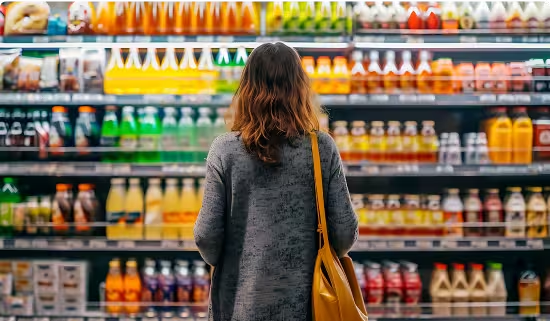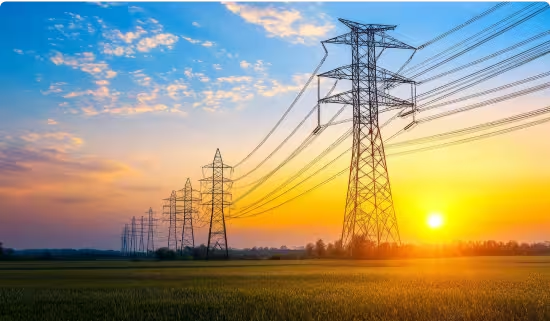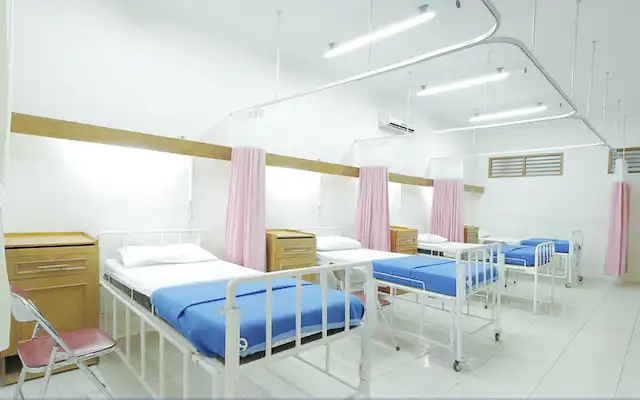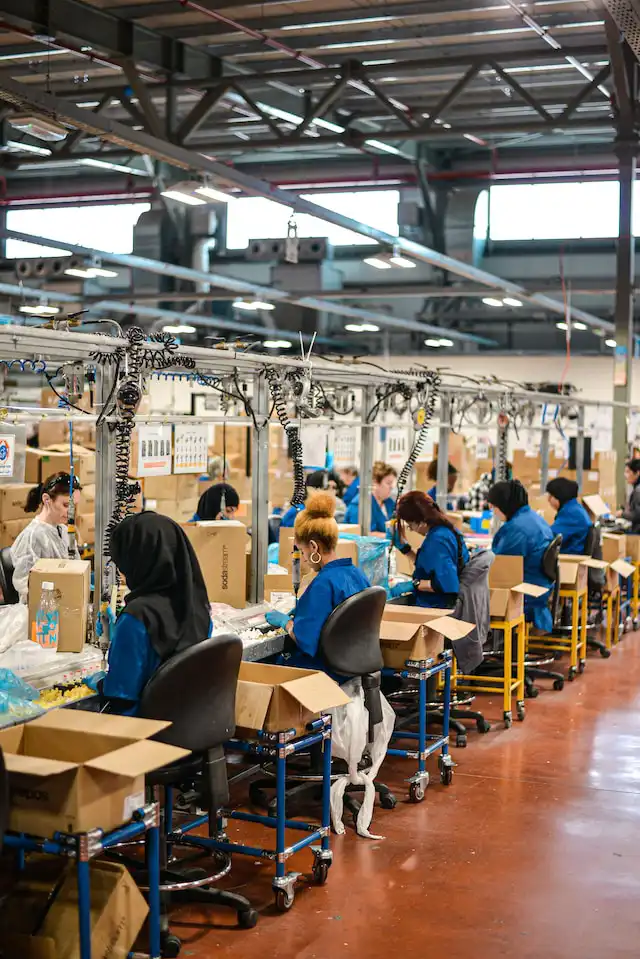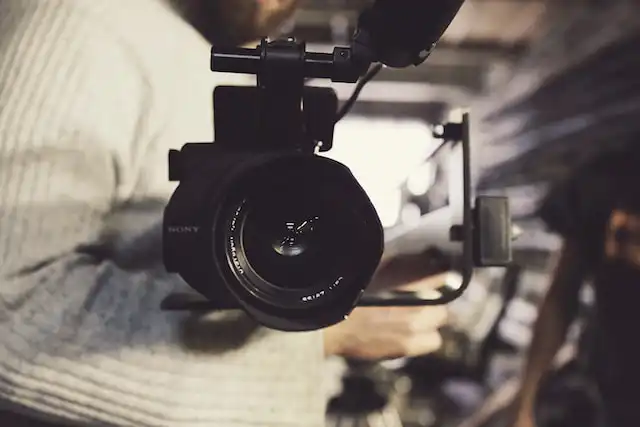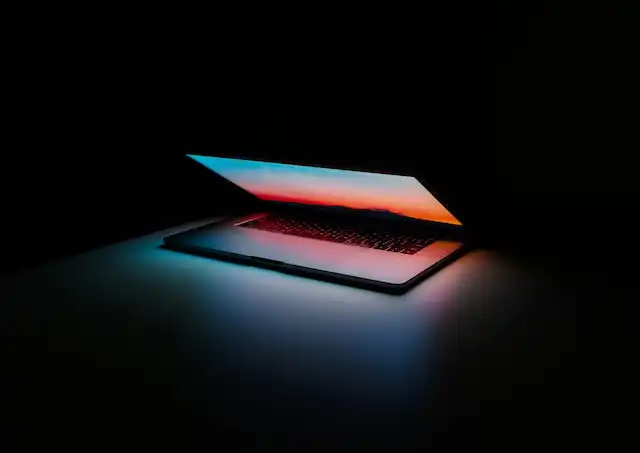Biosensors 2030: Strategic Roadmap to Capture Value in a $44.9 Billion Market
Biosensors will reach a global market value of USD 44.9 billion by 2029, evolving into core enablers of real-time, data-driven ecosystems.















Built for Leaders Across
This report is built for:
- Diagnostic and healthtech product leaders seeking scalable sensing strategies
- Platform and R&D heads exploring real-time, AI-integrated devices
- Investors evaluating biosensing use cases across healthcare, agriculture, and environment
- Policymakers and digital health regulators preparing for convergence of medical and consumer-grade sensing
Access Market Maps, Disruption Signals, and Deployment Frameworks
Executive Summary
The global biosensor market is projected to grow fromUSD 30.8 billion in 2024 to USD 44.9 billion by 2029, signaling an urgent need for platform thinking, interoperability standards, and regulatory foresight. The market is shifting toward multifunctional, connected biosensors that deliver actionable data—not just diagnostics.
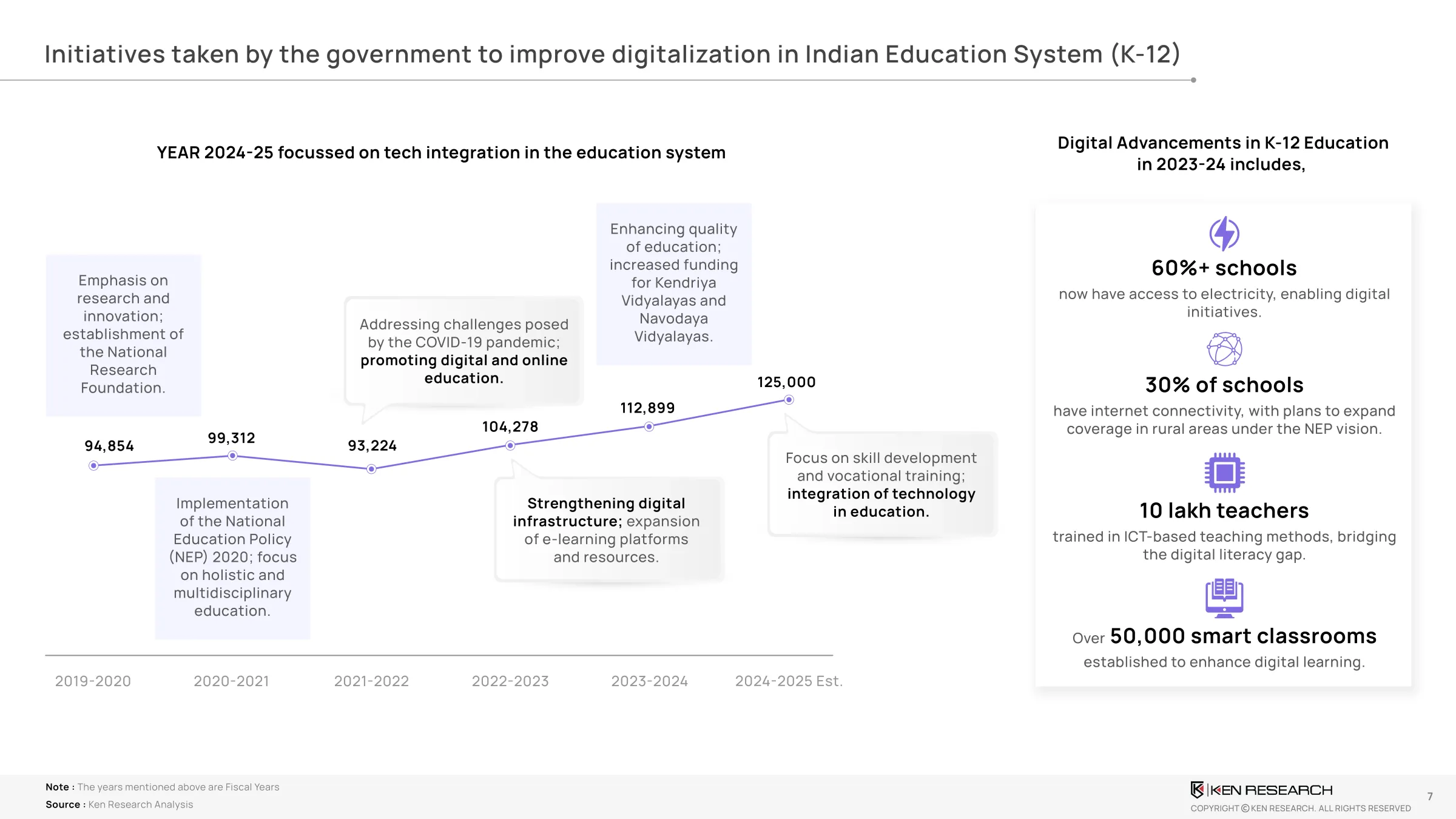
What’s changing:
- Use cases are expanding beyond glucose monitoring to metabolic, infectious, and environmental tracking
- Integration with cloud, AI, and edge computing is redefining the value proposition
- Hardware innovation is being outpaced by the need for analytics, interoperability, and modularity
Download Strategic Growth Summary and Technology Shift Tracker
Market Snapshot – Global Growth Drivers And Segmental Insights
The biosensor market will grow at an8.1% CAGR, reachingUSD 44.9 billion by 2029, driven by demand for non-invasive, real-time data in:
- Healthcare (70.2%): CGMs, metabolic trackers, and POC diagnostics
- Agriculture (10.2%): Soil quality, pesticide residue, and crop-level sensing
- Environmental Monitoring (7.2%): Pollution, air/water quality tracking
- Food Safety (5%): Pathogen and spoilage detection
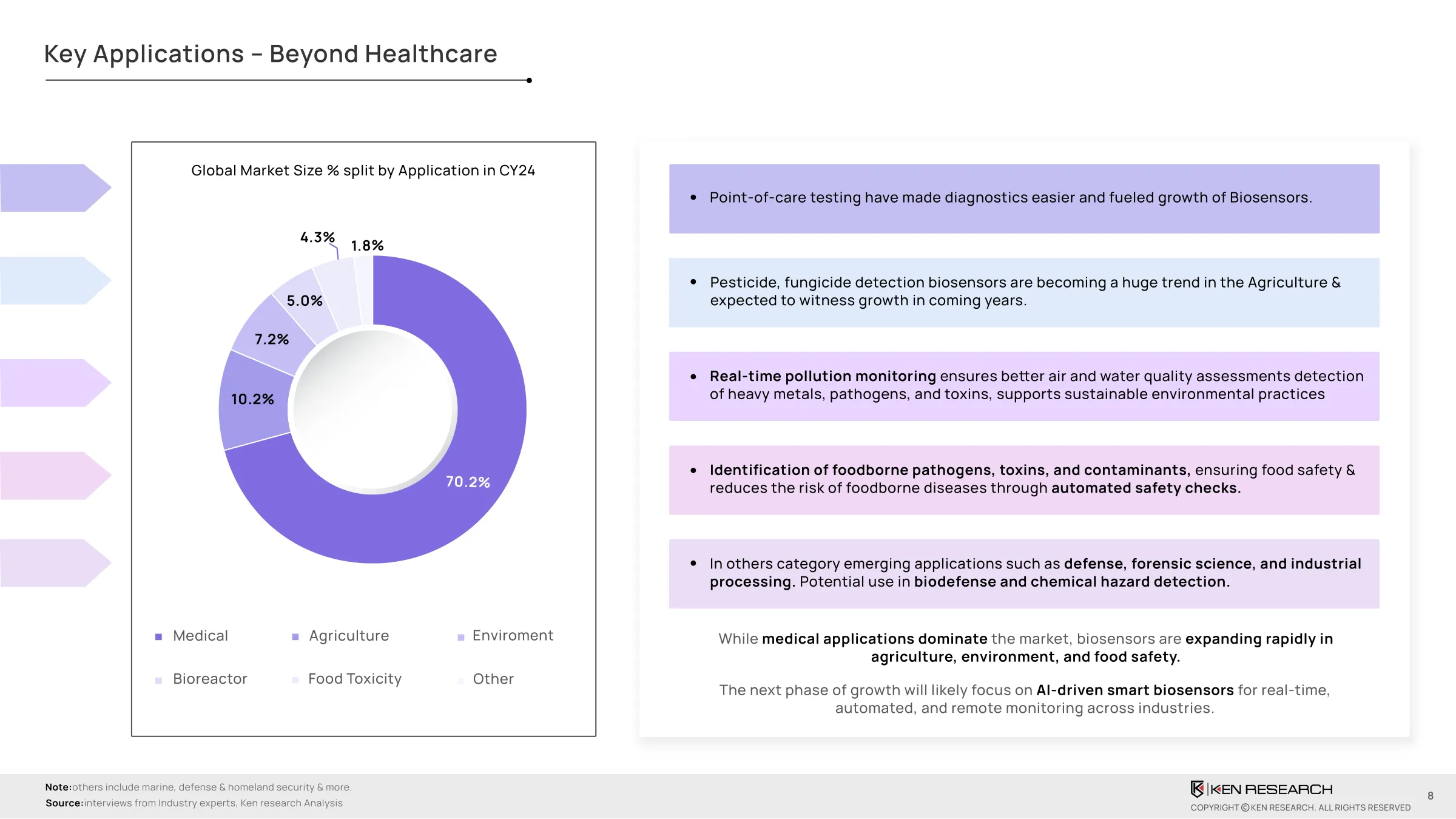
Download Market Segmentation Charts and Sectoral Opportunity Matrix
Technology Landscape – Scaling From Sensor To System
Innovation is moving from sensor precision to system-level architecture:
- Zinc oxide nanostructures and aptamer-based sensors are pushing limits on sensitivity and specificity
- Optical and electrochemical sensing formats are being miniaturized and embedded in wearables
- AI-enhanced analytics and edge processing are enabling real-time decision-making
- The next wave of biosensors will not just detect—they will predict, contextualize, and trigger interventions.
Access Technology Maturity Matrix and Sensor-to-System Transition Framework
Competitive Advantage – Moving From Hardware To Sensing-As-A-Service
Leaders like Abbott (Lingo) and Medtronic are bundling sensing with real-time feedback, platform APIs, and behavioral interventions. The shift is from diagnostic event to continuous wellness insight.
To remain competitive:
- Companies must integrate sensors with cloud platforms, APIs, and analytics
- Proprietary algorithms will drive IP, not just hardware
- Real-time data loops will shape engagement, not static test results
Download Competitive Strategy Toolkit for Platform-Based Biosensor Models
Applications – Where Biosensors Are Delivering Outcome Impact
- Healthcare: CGMs, sepsis detection, and multi-analyte trackers are driving personalized care
- Agriculture: Real-time soil and nutrient sensing supports smart farming at scale
- Food Safety: Embedded pathogen sensors increase packaging intelligence
- Environmental: Air and water biosensors enable on-site incident response
- Bioreactors: Industrial-scale biosensors improve production yield and energy efficiency
Access Cross-Vertical Application Roadmaps and Performance Benchmarks
Strategic Imperatives – Organizational Shifts Required To Compete
- Redesign product portfolios for modular biosensor platforms—not isolated devices
- Develop software and cloud analytics capabilities in parallel with sensor hardware
- Establish strategic partnerships across care delivery, agtech, and smart infrastructure
- Invest in regulatory and compliance foresight, particularly around AI-enabled diagnostics and hybrid classification
Download Strategic Execution Plan: Talent, Infrastructure, Compliance, and GTM Realignment
What Leaders Must Anticipate Next
The biosensor market is no longer defined by test strips or diagnostic kits. It is now a real-time intelligence platform with implications across public health, agriculture, and consumer well-being. Those who invest in end-to-end sensing ecosystems—backed by analytics, regulation readiness, and multi-sector alignment—will define the next era of diagnostics.
Download the POV: Biosensors 2030 – Strategy for Insight-Driven Ecosystems
FAQ's
Still Got Questions? Connect Via Mail
What is the projected biosensor market size by 2029?
USD 44.9 billion globally, growing from USD 30.8 billion in 2024.
Which sectors show the highest adoption of biosensors?
Healthcare leads (70.2%), followed by agriculture, environment, and food safety.
What technologies are disrupting the biosensor value chain?
Nanostructures (ZnO), aptamer-based sensing, wearable platforms, and AI analytics.
What’s the role of AI in biosensors?
AI enables real-time insights from continuous data streams, improving clinical and operational decision-making.
What are key regulatory challenges?
Unclear classification in hybrid devices, lack of alignment between FDA and EU MDR, and algorithm accountability.




